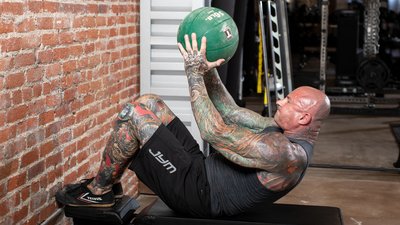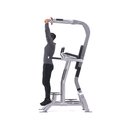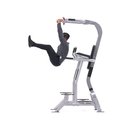Have you ever heard the saying, "Abs are made in the kitchen"?
Wrong!
Abs are not made in the kitchen, abs are developed through training. The nutrition component is simply what minimizes body fat in the midsection area, which allows you to see the muscles you've developed. If you want to get a better six-pack and have oblique striations running on either side of the "washboard," here are five key actions you can take outside of the kitchen to make it happen.
1. Know Your Abdominal Anatomy
You can't properly train a muscle if you don't know what it is and what it does. Here's what we're talking about in terms of the anatomy of the midsection.
The 4 Muscles of the Midsection
The four muscles of the midsection are the rectus abdominis, the external obliques, the internal obliques, and the transverse abdominis. When we talk about the "core," many other muscles come into play, but we're focusing strictly on the front of the torso and sculpting a better six-pack here.
The rectus abdominis is the "six-pack" muscle. It is composed of long fibers that run all the way down the front of the midsection and contract, or shorten, to flex the spine, as in a sit-up or crunch. The rectus abdominis, especially the lower portion, also works to lift the pelvis, as in a reverse crunch or hanging leg or knee raise.
The external and internal obliques are located on either side of the midsection and help to stabilize the torso laterally. Note that the fibers of the oblique muscles run on the diagonal and that the external and internal obliques actually run in opposite directions, although they work together. That's important because in order to train a muscle optimally, you need to train its fibers in the direction they run. For that reason, oblique crunches are performed at an angle to one side or the other—when you crunch diagonally, it targets the diagonal-running oblique muscle fibers. You can also target the obliques via lateral flexion of the torso with exercises like dumbbell side bends and cable oblique push-downs.
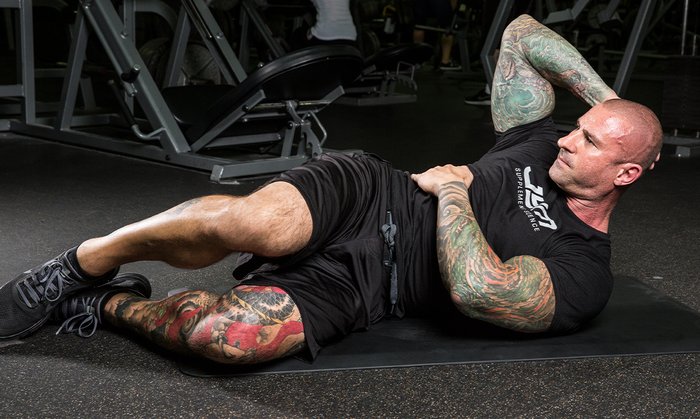
The transverse abdominis is found deep in the core musculature and is known as the "cummerbund muscle" because it runs horizontally across the midsection. The rectus abdominis is superficial, meaning closer to the skin, which is why you can see the six-pack; the transverse abdominis is deeper than the rectus, so it's not visible.
Whereas the rectus abdominis flexes the spine and lifts the pelvis, and the obliques initiate lateral flexion and twisting motions, the transverse abdominis stabilizes the core in a more isometric fashion. When you contract your abs and pull in your bellybutton, the transverse abdominis is the muscle responsible for that pulling-in action.
The 4 Areas to Train
These four muscles give you four major areas to focus on in your training—the upper abs, lower abs, obliques, and core. Essentially, you're dividing the rectus abdominis into two different parts (the upper abs and lower abs), combining the external and internal obliques into one area, and giving the transverse abdominis the more common name of "core."
2. Develop a Mind-Muscle Connection
Knowing your anatomy is one thing, but you also need to be able to feel the muscles working. If you can't feel a muscle, you can't contract it and develop it. The key is to focus intensely on the target muscle when you train it. For example, when you're doing crunches, put all of your attention on the upper abs, feeling those muscles contract on every rep.
The upper abs are the easiest muscles to feel. It's a little tougher to establish a good mind-muscle connection with the lower abs, obliques, and core. It takes time and practice, so just make sure you're always directing your attention to the target area of the muscle on each exercise.
Even before you establish a mind-muscle connection in your ab exercises, work on contracting those muscles outside of the gym. One technique is to watch the muscles in a mirror while you contract them. When you're at home, stand in front of a mirror with your shirt off and watch your upper abs while you flex your spine, crunching in. Next, crunch to one side and look at your obliques, focusing on them. Do that on both sides. As you crunch, place your hand on the muscle to physically feel it contracting. Practice this often.
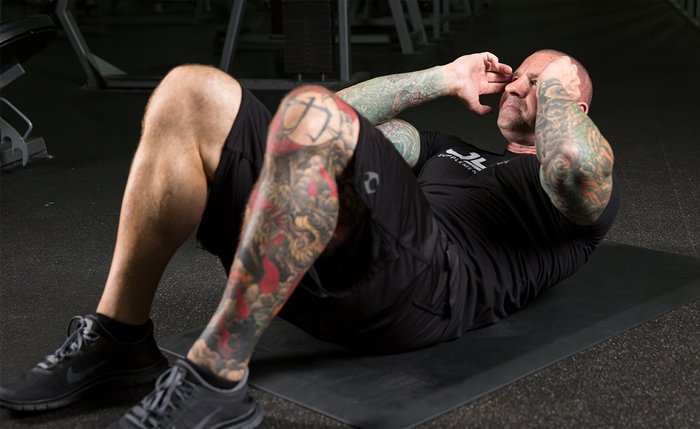
The transverse abdominis is too deep to see or feel with your hand, but you can still focus on it while pulling in your bellybutton, not to mention when you're doing planks in the gym.
3. Make Sure the Muscles Are Shortening
There are two ways to train a muscle: you can contract it so it literally shortens, or you can do an isometric hold. An example of this would be a crunch versus a plank. In both exercises, the abs are working, but they're working in different ways—the muscles are shortening with the crunch, but not with the plank.
Many trainers will tell you that planks are the best way to train the abs. It's gotten to the point where many so-called experts will tell you to avoid crunches altogether. That is terrible advice! The best way to develop a muscle is to shorten it. If you do all planks and no crunches, you'll never be shortening the muscle!
Yes, isometric planks will work the rectus abdominis, among other muscles, but because the muscle isn't shortening, you won't develop it fully.
If you want complete development of the rectus abdominis, you need to do exercises that flex the spine, hitting the upper abs; lift the pelvis, targeting the lower abs; and twist the torso, working the obliques. In other words, you need to do crunching movements and leg lifts, exercises that actually shorten the target muscles. Planks focus on the deeper core muscles, not the upper abs, lower abs, or obliques.
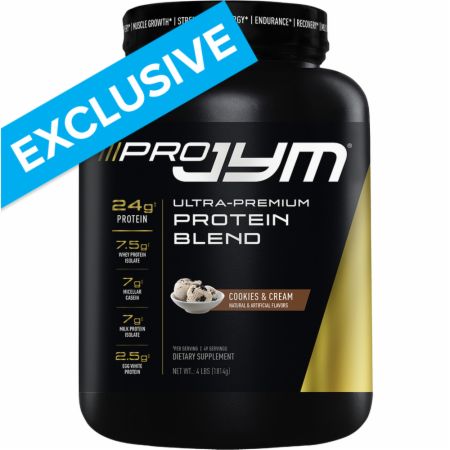
4. Add Weight to Your Ab Exercises
One of the biggest fears people have about ab training is that if they add resistance to exercises, it will make their abdominal muscles bulky and give them a bigger waistline. I'm talking about exercises like cable crunches, machine crunches, cable oblique crunches, and variations of crunches performed while holding a weight plate or medicine ball.
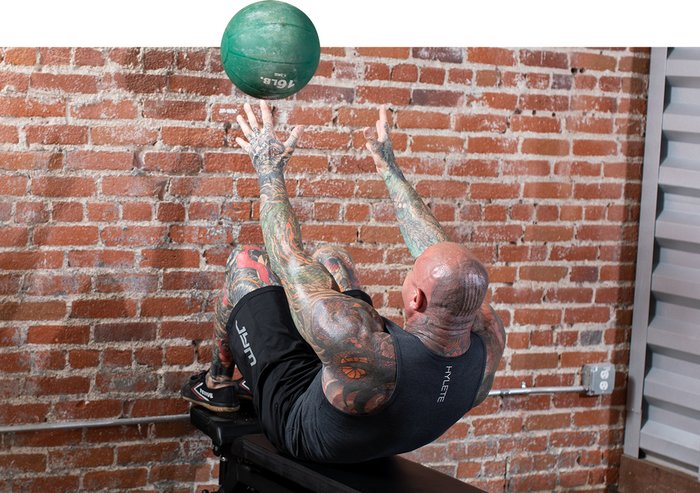
Don't be afraid of building big abs. You cannot and will not overdevelop your abs. It's just not possible. You're not going to make your abs bigger by adding weight when you train them.
You know what makes your waistline bigger? A bad diet! That may seem contradictory to my opening statement that abs are not made in the kitchen, but this is a training article, not a nutrition discussion. It goes without saying that a bad diet can make you fat.
The abs are just like any other muscle. They shorten and contract and get stronger with progressive overload. They respond well to heavy weight and low reps, light weight and high reps, and moderate weight and rep counts. Don't be afraid to add resistance to your ab exercises; you won't be able to have that clear separation of the six-pack without developing it.
5. Sequence Your Ab Exercises Properly
The order in which you do your ab exercises matters. I generally suggest following this pattern when doing more than one ab exercise in a workout:
- Lower abs: hanging leg raise and knee raise, reverse crunch, hip thrust
- Upper abs: all variations of the crunch, weighted and unweighted
- Obliques: oblique crunch, cable oblique push-down, side bend
- Core: plank, side plank, woodchopper, dead landmine
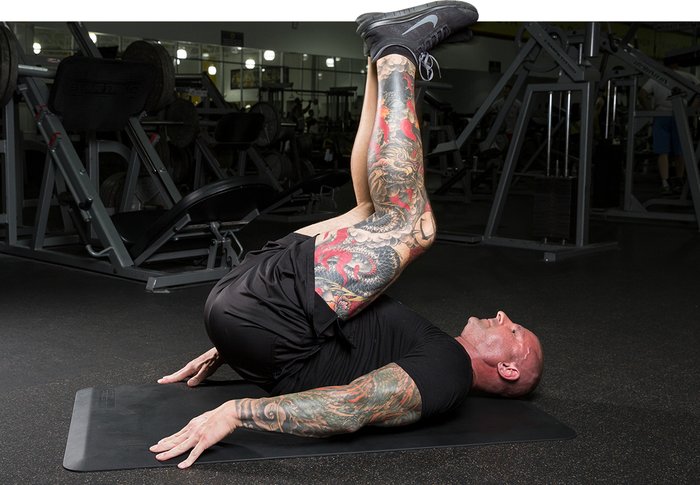
I recommend doing lower abs first because it is the most common trouble spot for trainees. It depends on the person, of course, but generally speaking, the lower abs are a weak area, especially compared to the upper abs. Hanging leg raises, for example, are a far tougher exercise than crunches, so you should do the former when your muscles are at their freshest and strongest.
The order of upper abs and obliques is interchangeable. You can train obliques before upper abs if you want to focus more on that area. (To see a demonstration of the cable oblique push-down, check out my article "5 'Shortcut to Shred' Exercise Swaps," where it's number 5 of 5.)
The most important thing is that you do lower abs first and train the core last—or on a completely different day—most of the time.
Why the core last? Because those smaller, deep core muscles are fairly weak and don't have much endurance. If you train the core first in your ab workout—say, with a plank—you're going to fatigue those deep transverse abdominis muscles right off the bat.
That said, there's a problem with doing the core last. When you work the other areas, you're still using those core muscles to stabilize the torso. So, if you've already fatigued them before you get to planks, you won't be as strong on that exercise, and you'll likely have to stop your set earlier because your core is fatigued.
It's a trade-off, but I'd much rather be able to do 3 sets of 20 hanging leg raises than 3 sets of 10-15 because my core was already fried from doing planks.
Save the deep core work for the end, or for a separate day.
Here’s an ab workout incorporating several of the rules outlined above:

BodyFit
$6.99/month- 2,500+ expert-created single workouts
- 3,500+ how-to exercise videos
- Detailed workout instruction
- Step-by-step workout tips
- Training at gym or at home
- Access to Workout Plans
- Access to Bodyfit App
- Store Discounts
Already have a Bodybuilding.com account with BodyFit? Sign In

What comes with BodyFit?

- Instructional Videos
Don't risk doing a workout improperly! Avoid injury and keep your form in check with in-depth instructional videos.

- How-to Images
View our enormous library of workout photos and see exactly how each exercise should be done before you give it a shot.

- Step-by-Step Instructions
Quickly read through our step-by-step directions to ensure you're doing each workout correctly the first time, every time.
Want unlimited access to all of my programs and an endless supply of content like this? Visit JimStoppani.com and become a member.



